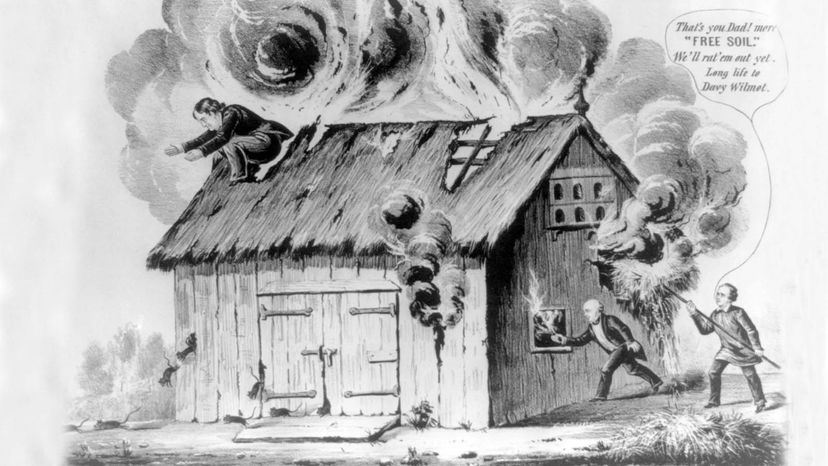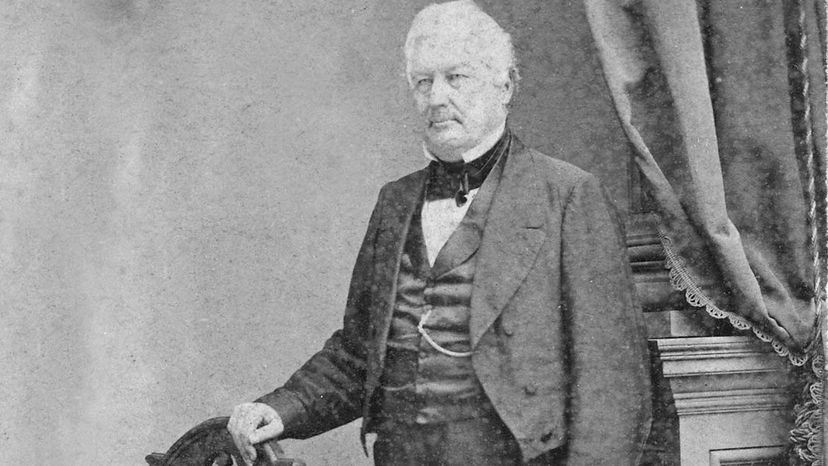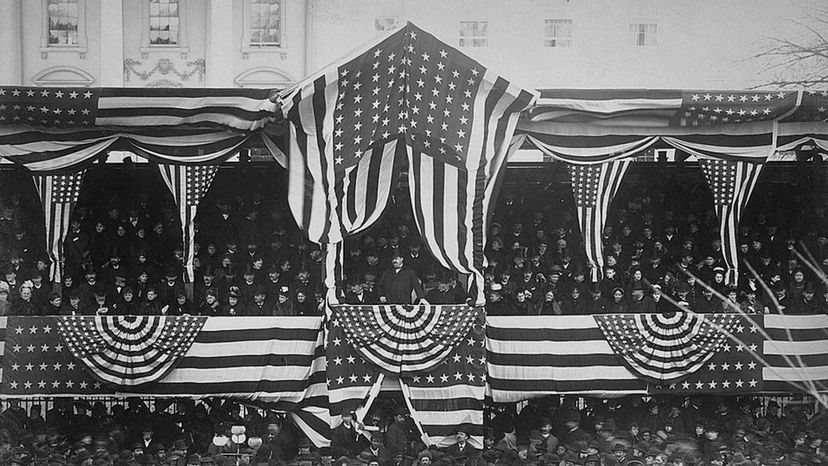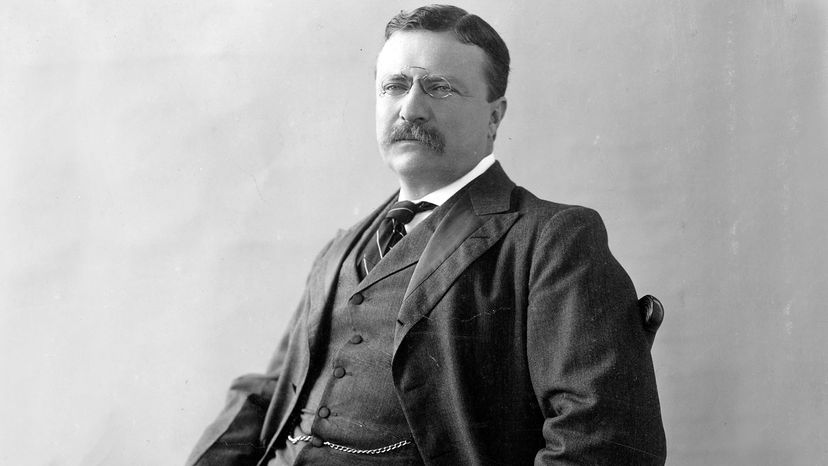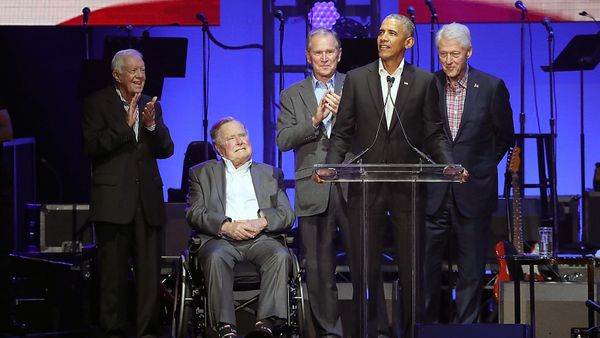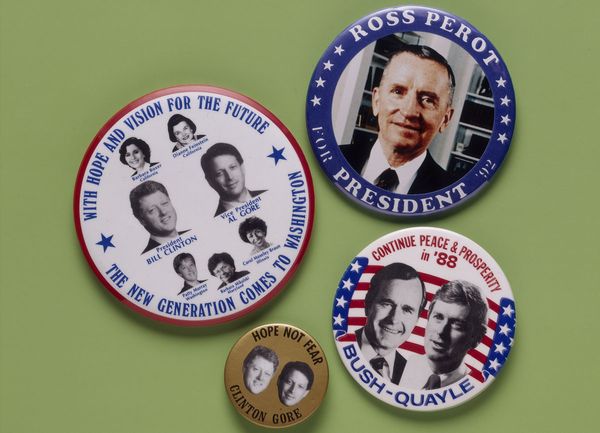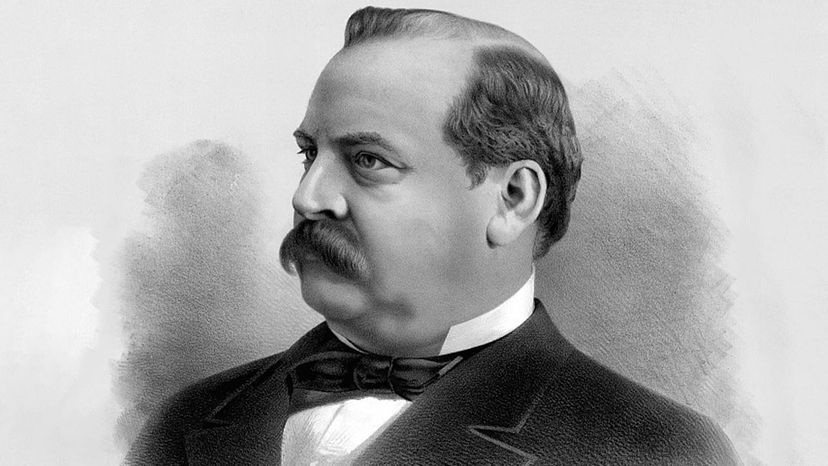
Imagine reapplying for your job after being let go. It would be tough enough to convince your former employer to rehire you, but what about when that employer is roughly 170 million American people?
That's exactly what four past U.S. presidents have tried to do. They've lost an election and tried to run again later. And now it appears Donald Trump, who lost the 2020 presidential election after serving one term as the 45th president is attempting to do the same. Trump announced he was running for president for the third time Nov. 15, 2022, making him the fifth ex-president in U.S. history to do so.
Advertisement
The last time an ex-president tried to get his job back was before the 19th Amendment was ratified and women could legally vote. But what is even rarer than defeated presidents who ran again? Those who won the presidency. Just one in history has done that and the honor goes to Grover Cleveland, who is the 22nd and 24th president of the United States.
What helped Cleveland win his second time around may have been the support of the Democratic Party for which he was the official candidate. The other three candidates who lost ran on third-party tickets and third-party candidates have historically fared badly, unless we're talking about the mid-19th century when the Republicans replaced the Whigs and became the party of Abraham Lincoln.
Let's take a look at these four former presidents who wanted to make their version of a comeback album.
Advertisement
